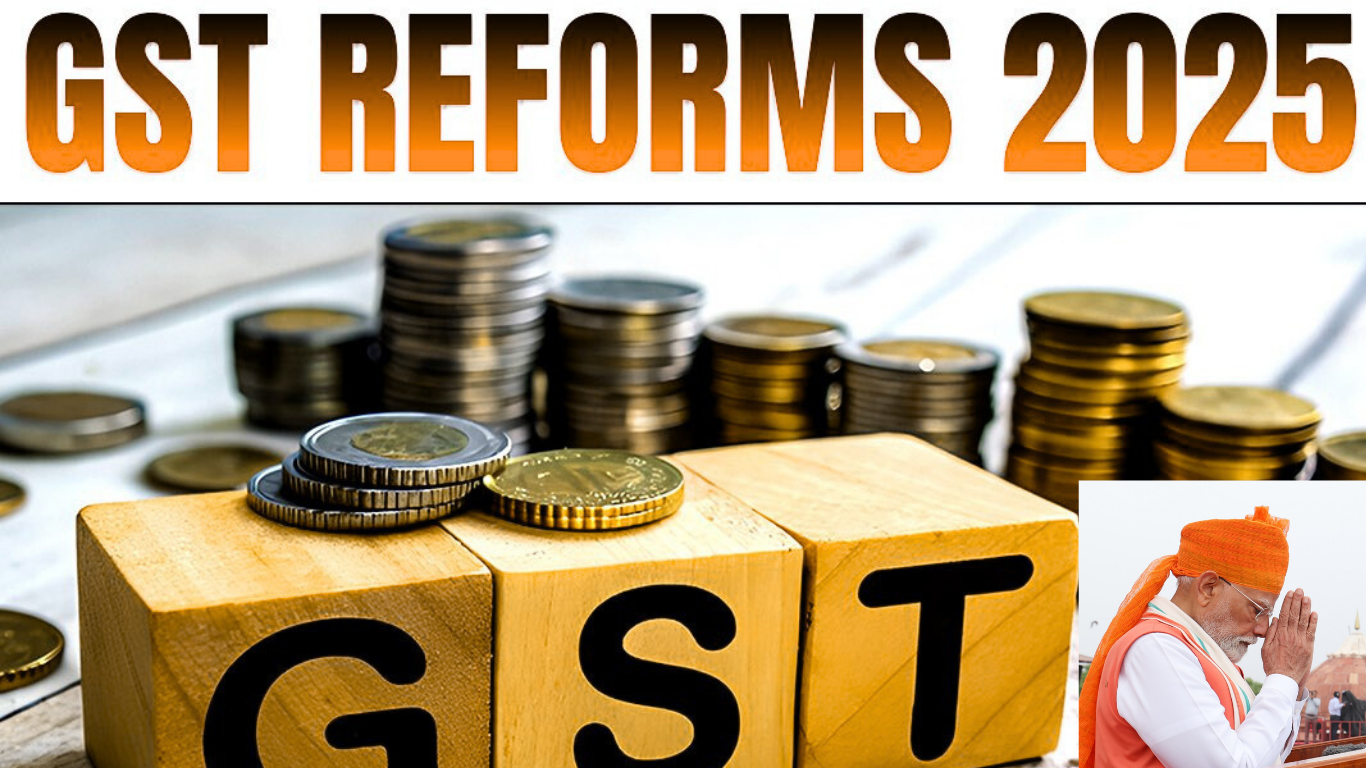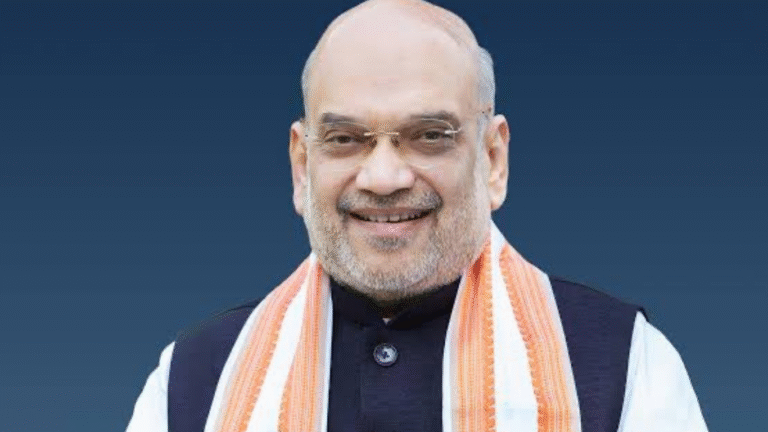
New Delhi, India, August 19, 2025 – India’s tax system is about to get a big refresh, and it looks like good news for your wallet. The government has floated ideas for big changes to the Goods and Services Tax, or GST, that could make a bunch of everyday items cheaper. From small cars to air conditioners, mobile phones, and even your morning soap, prices might drop if these plans go through. This comes right after Prime Minister Narendra Modi’s speech on Independence Day, where he hinted at “next-generation” reforms to make life easier for folks. With Diwali around the corner, many are hoping these cuts kick in before the festive shopping rush.
GST has been around since 2017, replacing a messy bunch of old taxes with one nationwide system. It started with four main slabs: 5%, 12%, 18%, and 28%, plus a zero rate for basics like food and meds. But over the years, people have complained it’s still too complicated, with too many rates leading to confusion and loopholes. Businesses say it hurts growth, and consumers feel the pinch on pricier goods. Now, the center is pushing for a simpler setup: just two main rates at 5% and 18%, and a new 40% slab for “sin goods” like tobacco, aerated drinks, and luxury items. No more 28% category, which means big savings on stuff that’s been hit hard.
Let’s break it down. The zero-rate slab stays the same for must-haves like unpacked food grains, fresh veggies, fruits, milk, eggs, and essential medicines. That’s a relief – no change there, keeping the basics affordable for everyone. But the real excitement is in the other slabs. Most items now at 12% are expected to slide down to 5%, making household goods cheaper. Think about it: things like butter, ghee, cheese, dry fruits, and packed namkeen could see prices drop. Even apparel and footwear under Rs 1,000 might join the 5% club, which is great for families on a budget.
Then there’s the big shift from 28% to 18%. This is where the fun starts for bigger purchases. Small petrol and diesel cars, which have been taxed at 28% plus extra cess, could fall to 18% straight up. Imagine buying a new hatchback without that heavy tax load – it could shave off thousands from the showroom price. Same goes for two-wheelers like bikes and scooters; they’re likely to get cheaper too, boosting sales in a market that’s been sluggish lately. Electronics are another winner. Mobile phones, laptops, computers, televisions, refrigerators, and air conditioners – all currently in the 18% or 28% brackets – might settle at 18% or lower. For example, ACs and fridges, often hit with 28%, could become more affordable, especially with summers getting hotter every year.
Home goods aren’t left out. Furniture like sofas and tables, now at 18% or higher, might drop. Kitchen stuff such as cookware, cutlery, and even snacks could see reductions if they move to 5%. Personal care items? Soaps, shampoos, and cosmetics at 18% might ease up, though luxury beauty products could stay high or move to the new 40% sin slab if they’re seen as non-essentials. And don’t forget insurance – premiums on health and life policies, currently at 18%, are being talked about for a cut to 5% or even zero. That would be huge for middle-class families worried about medical bills.
But it’s not all cuts. Some things might get pricier to balance the books. Sin goods like cigarettes, pan masala, and fizzy drinks are headed for that 40% slab, up from 28% plus cess. Luxury cars and SUVs might stay expensive or even go higher if they’re lumped in there. Aerated waters and high-end gadgets could face the same. The idea is to discourage unhealthy or lavish spending while making basics cheaper. Experts say this could help control inflation, which has been hovering around 5-6% lately.
Speaking to reporters, a senior finance ministry official, who didn’t want to be named, said, “These reforms aim to simplify GST and boost consumption. By merging slabs, we reduce classification disputes and make compliance easier for businesses.” Industry folks are cheering. The Confederation of Indian Industry (CII) called it a “game-changer” that could add 1-2% to GDP growth by putting more money in people’s pockets. Auto makers like Maruti Suzuki saw their stocks jump 5% on the news, betting on higher sales.
Looking back, GST has collected over Rs 1.5 lakh crore monthly on average, but evasion and complex rules have been issues. The 53rd GST Council meeting in June 2024 started talks on rate rationalization, and now in 2025, it seems we’re close to action. The next council meet is expected soon, possibly before October, to finalize this before Diwali.
What about services? Things like telecom, hotels, and restaurants might stay at 18%, but there could be tweaks. Online gaming and casinos are already at 28%, and they might move up to 40% as sin services.
Overall, these changes could make India more business-friendly and help the economy bounce back. With global slowdowns, cheaper goods might spur spending. But the government has to watch revenue – cutting taxes means finding other ways to fill coffers, maybe through better enforcement.
If you’re planning buys, hold off a bit. Cars, electronics, and daily items could soon cost less. Stay tuned for the official word – this could be the biggest tax relief in years.
To sum up the products likely to get cheaper:
a. Automobiles: Small cars, bikes, scooters (from 28% to 18%)
b. Electronics: Mobiles, laptops, TVs, ACs, fridges (28% to 18% or lower)
c. Household Items: Furniture, cookware, soaps, shampoos (12-18% to 5-18%)
d. Food and Snacks: Packed namkeen, butter, dry fruits (12% to 5%)
e. Apparel and Footwear: Under Rs 1,000 (to 5%)
f. Insurance: Premiums (18% to 5% or nil)
g. Medicines and Essentials: No change, but some packaged ones might drop.
Items that might get costlier:
a. Sin goods: Cigarettes, aerated drinks (to 40%)
b. Luxuries: High-end cars, premium products (to 40%)
This reform is a step toward a simpler, fairer tax system. If it happens, it’ll put smiles on many faces this festive season.



